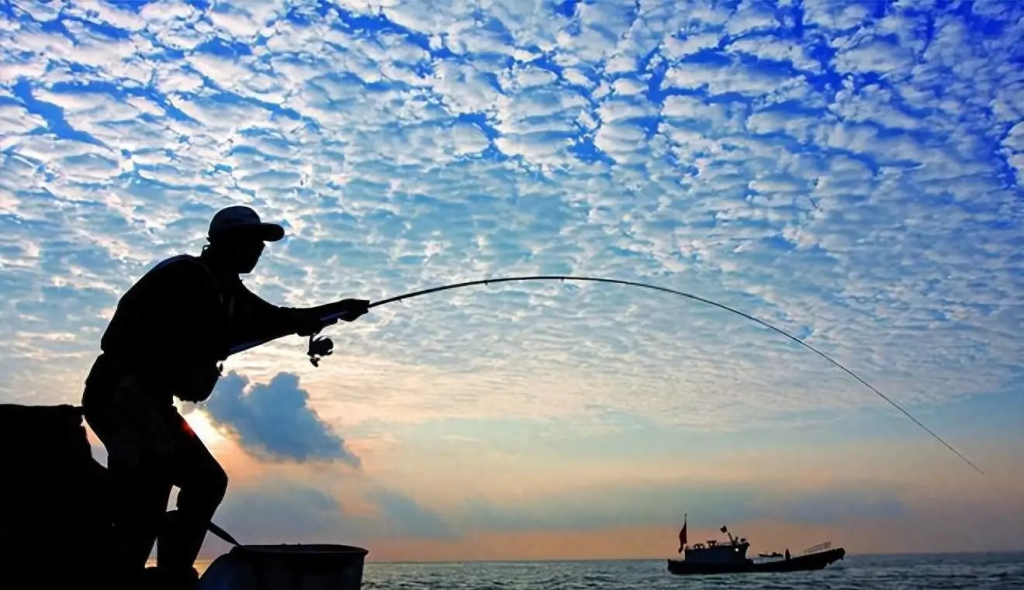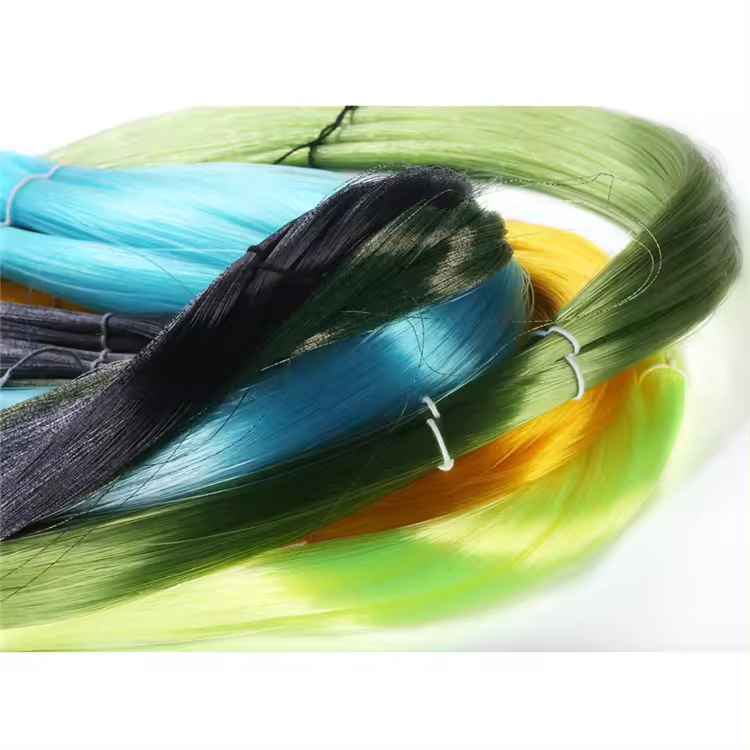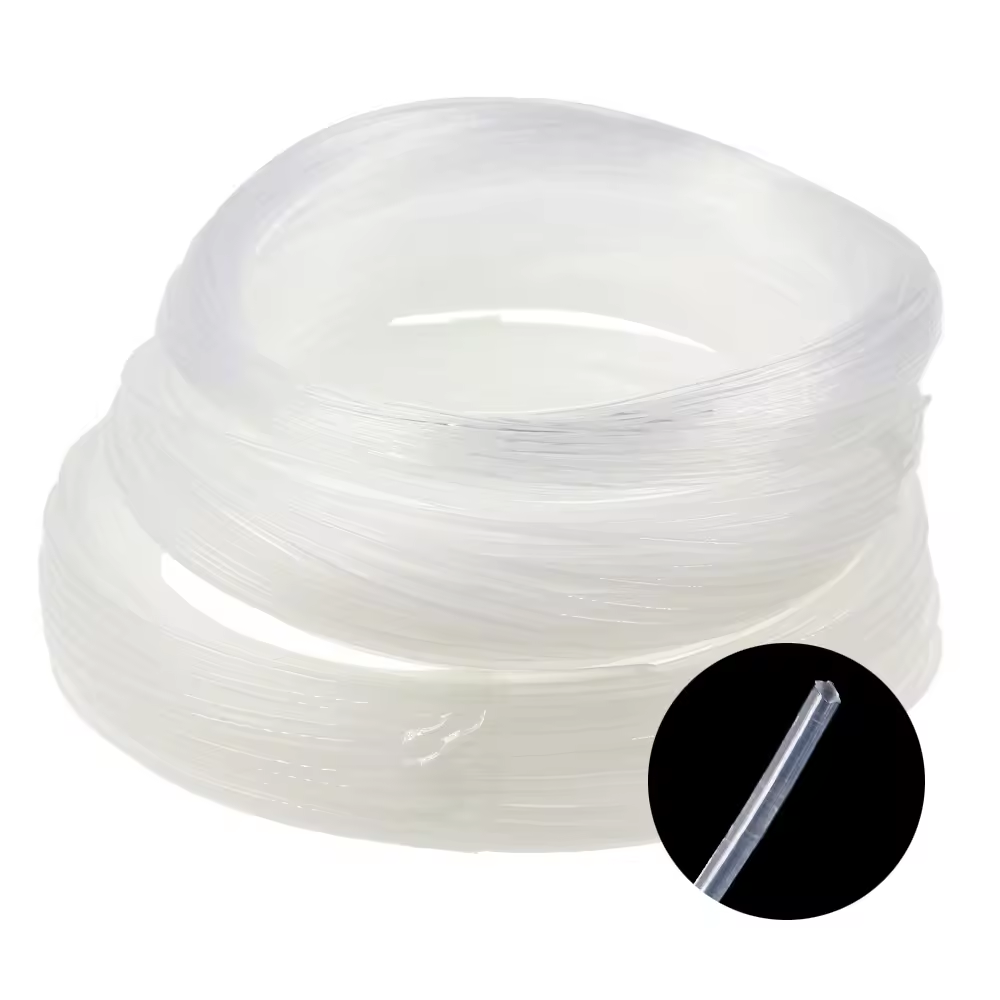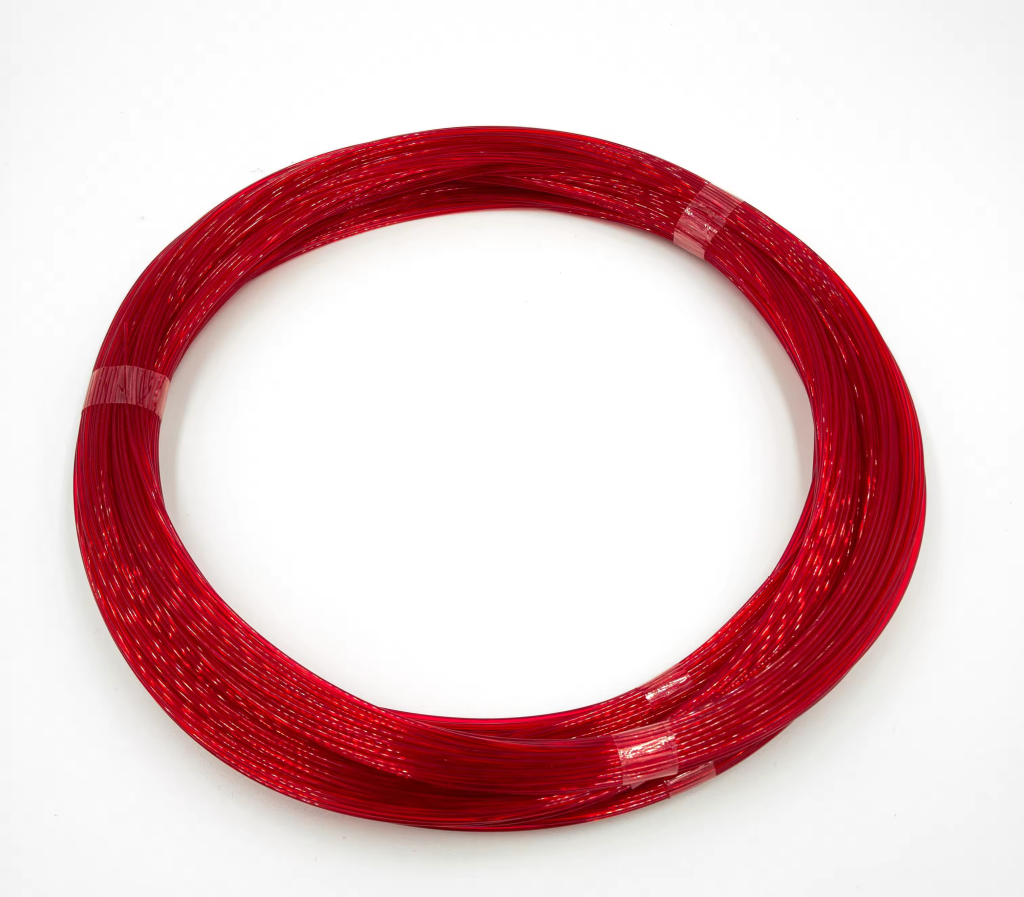Table of Contents
Does Fishing Line go Bad
Fishing line is an important part of the angler’s toolkit and plays an important role in the success of fishing. However, many anglers often ask, “does fishing line go bad?” The answer is yes, fishing line does deteriorate over time due to a variety of factors. This comprehensive guide will delve into the life of different types of fishing line, the factors that cause line deterioration, and tips for extending the life of your line.
No matter what type of fishing line, its service life is limited. Understanding the causes of fishing line aging and knowing how to properly maintain your line can help you get the most out of your line. In this guide, we will explore how different types of fishing line age and how to extend their useful life.
Type of fishing line and its life span
monofilament
Monofilament fishing line is made of a single strand of material, usually nylon. It is known for its flexibility and extensibility, so it is very popular with fishermen. However, monofilament fishing line is usually the shortest life, if properly stored, about one to two years. Factors such as UV exposure and frequent use will greatly shorten its service life.
Fluorocarbon fishing line
Fluorocarbon fishing line is made of a high-density material that is more resistant to wear and UV light than monofilament fishing line. If stored properly, the service life of this fishing line can reach five years, but due to factors such as knotting and heavy use, its service life will also be shortened. Fluorocarbon fishing line does not absorb water easily, helping to maintain strength in the long run.
Braided wire
Braided fishing line is made of multiple strands of synthetic fiber and is very strong and durable. The service life of braided line is much longer than that of monofilm or fluorocarbon line, usually up to ten years or more. However, they are not immune to wear and tear, especially from improper storage.
Factors affecting the life of fishing line
Ultraviolet exposure
Ultraviolet (UV) irradiation is one of the main factors leading to aging of fishing line. Ultraviolet light breaks down the chemical structure of the line, making it progressively weaker. This is especially true of monofilament fishing line, which is more susceptible to UV damage than fluorocarbon or braided fishing line.
wear
When the fishing line is rubbed against rocks, bushes, or bitten by fish, it suffers from wear and tear. Wear weakens the strength of the fishing line, making it more likely to break under pressure.
Knots and pressure
Tying knots in the fishing line increases the weak spots in the line, making it more likely to break. The stress of repeatedly casting, hauling in, and fighting the fish can also cause the line to become weak. Over time, these factors can cause the fishing line to lose strength and elasticity.
Storage condition
Proper storage is essential to maintain the integrity of the fishing line. Exposure to extreme temperatures, moisture and direct sunlight accelerates the aging process of the fishing line. Storing your fishing line in a cool, dark place can greatly extend the life of your fishing line.




Signs that the fishing line needs replacing
Change color
Fading is one of the first signs of deterioration in fishing line. Monofilaments, in particular, may turn yellow or become cloudy. Discoloration indicates that the fishing line has been damaged.
embrittleness
Brittle lines are more likely to break under tension. You can test for brittleness by gently pulling on the fishing line; If the line breaks easily, it’s time to replace it.
Memory and curl
Over time, the line creates a “memory” that keeps it in the shape of the spool. This can lead to frustrating tangles and knots. If your fishing line is prone to excessive curling or winding, it may be time to replace it with a new spool.
Constant disconnection
If you frequently break your line when casting or reaping, this is a clear indication that your fishing line is past its useful life. The sustained fracture may be the result of the combination of the above factors.
Does fishing line go bad:Tips to extend the life of your fishing line
Proper storage
Store your fishing line in a cool, dark place to protect it from UV rays and extreme temperatures. Using a wire winder also helps to keep the line in order and free of entanglement.
Periodic inspection
Check fishing line regularly for signs of wear. Check for scratches, scuffs and weak spots, and replace parts of the line if necessary.
Avoid excessive exposure to sunlight
Whenever possible, keep the line out of direct sunlight. This is especially important when storing fishing gear for long periods of time.
Cleaning and maintenance
Rinse the line with clean water after each use, especially when fishing in salt water. Salt and debris weaken the line over time. In addition, the use of line care agents helps to maintain the flexibility and strength of the line.
Summarize
Does fishing line go bad?Line is an important part of fishing gear and knowing how to maintain your line can extend the life of your line and improve your overall fishing experience. While all types of fishing line will eventually degrade, proper maintenance and storage can significantly slow down the process. By checking your line regularly and taking precautions, you can ensure that your line remains reliable and strong for many future fishing trips.
We are a Chinese fishing tackle manufacturer with 18 years of experience, we are able to meet any of your fishing and tackle sourcing and customization needs, please feel free to contact us! Please submit the form and our team will contact you shortly!
